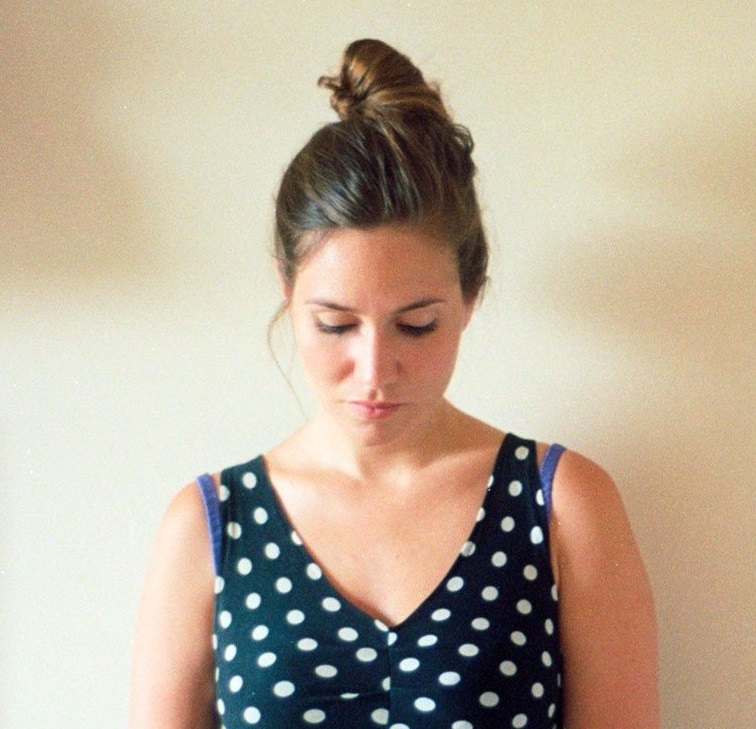
"Listening alone with my headphones on was the cultural context that it was made for and so the experience was[...]complete and electrifying"
When I go to a live performance and hear a new piece of music, it is not just the piece itself that forms my experience of the music. It is the whole experience, from the reason why I’ve turned up and my expectations of it, the people around me, the temperature of the air in the room, the size and acoustics of the room, the atmosphere created, the smell of the place, the cultural context suggested by the venue, and how all of this interacts with, and perhaps is transformed by, the piece of music. And the performer themselves might be there, communicating directly with the people in that room. All of these factors attach themselves to the piece of music, and adjust the way I hear and remember it. I think this is a universal experience.
Listening online, as I rifle through the British Music Collection, my listening experience is totally private. I can choose when to stop or start any piece, get myself a drink, and hop from genre to genre. In short, I am not held captive by any social conventions. but the digital recording detaches the music from its context. I may know the cultural context - even be able to watch a video clip of people experiencing it live - but I am not part of it. The space around me looks and smells the same way for each piece I listen to as I drift through the collection. The music I’m hearing lives in a vast formal concert hall, or an intimate smokey jazz bar, but I am still in the same room, drinking my tea out of the same cup.
I discover some fantastic pieces of music I hadn’t previously met this way. In the British Music Collection, which feels like a vast and never ending well, I come across the delicate, swelling and glowing Meta by Laura Reid, the expressive and powerful Daybooks 1970-1972 by Vitalija Glovackyte, and the pleasantly contradictory yet simple The Horror and Ecstasy of Life by Ben Lunn. All of these made me want to search out more of the composers’ music, and hope or plan to find myself at live performances of their work, rather than feeling that the experience of listening was as complete and powerful as possible. Of course, making a listener want to hear more and go to a performance is a pretty good result for a recording.
All of these were examples of recordings of pieces designed with live performance in mind. When I came across Isobel Anderson’s Last Night’s Party Soundwalk, I realised I had found a piece where the recording was the performance itself. This piece felt to me as if it was created for the online listening experience. Listening alone with my headphones on was the cultural context that it was made for and so the experience was as complete and electrifying as it could ever otherwise be.
I suppose the clue is in the title. The Soundwalk takes you by your hand and walks you into a different world with the first person storyteller, and through the music and sounds that they hear. The piece gives you, in every detail, the place and feelings of a first person experience of a journey that is also a memory and a dream. The story itself is engaging; based on folk tales of fairy abductions, and has a universal feel about it. It has several fairly pronounced cross over points with dreams I had regularly as a child, and therefore also feels personal. It revealed to me things I had forgotten I had known.
The recording style accentuates this intimacy, opening with the speaker incredibly clear and close, declaiming with unnaturally confident and particular speech patterns, and then the beginning of the story is retold by the same voice but much more distant, low resolution and hesitant. The natural quality of the speech pattern is much more obvious and vulnerable in contrast to the opening artificial-sounding declarative speech. The use of distance and movement in the recording of the party music delineates the listeners journey towards it, and the simplicity of the folk-inspired string music that we never quite reach before a change in the story is enticing.
About eight minutes in, the speaker describes a fairy’s voice she hears as ‘only audible to me’. Until this point, I had experienced the journey as the first person speaker, hearing what she hears. Because of this expectation, I had been listening out for the representation of the fairy’s voice on the recording. In the story, she is alone. She was notifying me, the listener, to stop waiting to hear it, but she was also acknowledging that she had taken me on this journey with her, and given the listener a presence in her Soundwalk.
